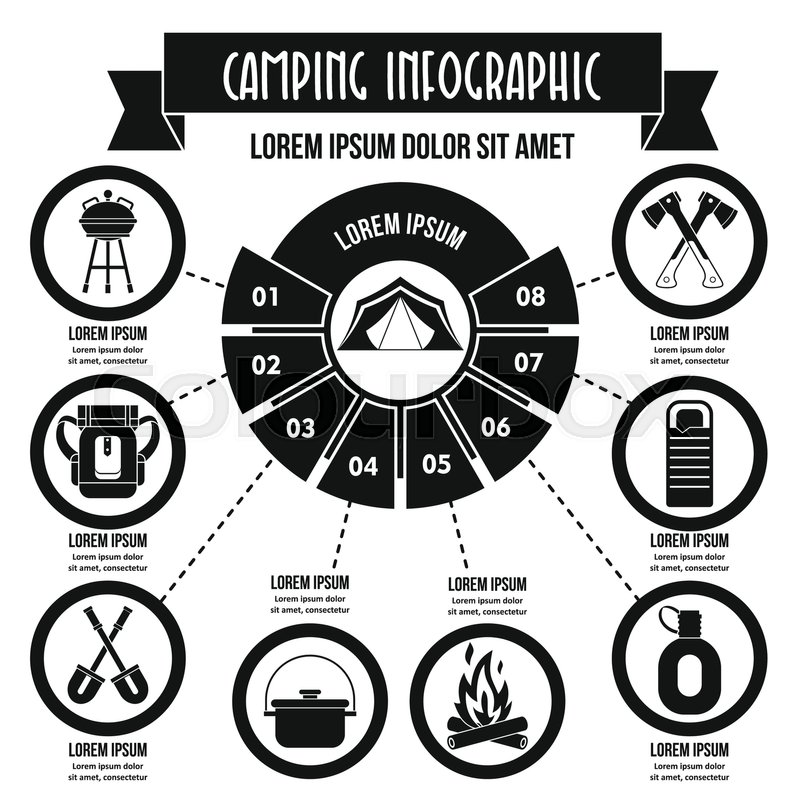Inner frame knapsacks are sleek, form-fitting, and steady for sturdy trails. They function well for males that need agility and balance, but aren't always interested in heavy lots or cooler backs.
The space between the pack and your body allows air to stream, keeping you cool down on hot summertime walkings or strenuous climbs. Their slimmer profile also lessens the possibility of catching on brush, branches, or cliff.
Comfort
It used to be that external frame packs were the mark of an adventurous spirit - you would certainly see young travelers travelling across continents and experienced thru-hikers lifting their giant backpacks high on their shoulders, foam resting pads and ideal treking boots lashed to their steel frameworks. But since the arrival of interior structure packs, which make use of hidden structures that curve against your back, many hikers have surrendered their classic externals for something a little lighter and much more compact.
Internals are smooth and form-fitting, which makes them steady on tough routes and extra comfy when you're clambering off-trail. They additionally hold the weight more detailed to your body, routing it down your spinal column for better functional designs. That claimed, internals can still feel large, especially when you're loaded up with camping equipment. Luckily, contemporary internals range from ultralight to deluxe designs with plenty of useful pockets and locations for securing equipment. They additionally have a tendency to have a gap in between the structure and pack bag that boosts air flow.
Security
Normally speaking, internal structure backpacks fit well against your back, which maintains your center of gravity closer to your body's natural posture. This enables you to shift your weight around without shifting your framework or pack setting way too much-- a major benefit for clambering and various other activities where your center of gravity changes routinely.
They likewise tend to be a lot more steady when contrasted to external frames, which can persuade and move under heavy tons. On top of that, they're less complicated to band equipment straight onto, which is a substantial plus when you're bushwhacking and may encounter sharp rocks or branches that could or else grab your pack.
In film, supervisors typically utilize a technique referred to as inner framing to confine and stress a topic. Using elements like doors, windows, and passages, filmmakers can stimulate a feeling of seclusion or confinement, adding rich psychological subtlety to a scene. In fact, a few of the most renowned scenes in Alfred Hitchcock and Stanley Kubrick movies utilize inner framework strategies to enhance thriller and stress.
Air flow
When it concerns ventilation, your frame material can have a big impact on your home's air flow. We have a tendency to tent footprint concentrate a whole lot on insulation and durability, however the structure layout plays just as important of a role in how well your windows and doors breathe.
Internal frame backpacks came onto the marketplace in the 1970s, and they came to be preferred as a result of their formfitting nature, which routed the tons better to the body. This allowed for greater stability on a hike and improved ergonomics as it allows the pack to ride even more upright on the back and hips, as opposed to off the shoulders.
Nonetheless, these packs additionally have the downside of less ventilation as they hug your back, which can result in sweaty shoulders and upper body on warm days. Aerated knapsacks like those made by zpacks, mld, and gossamer equipment offer some relief from this issue, but they're generally 2 or 3 times much heavier than their non-ventilated equivalents.
Weight
A couple of decades back, it was common to see squarish external structure backpacks holding on the wall of your neighborhood gear store. But today, the sleeker inner frame knapsacks are ruling the tracks.
They're sleeker and form-fitting, so they hold the pack closer to the body. This assists support the lots on rugged terrain and while scrambling off-trail. It also makes it much less likely that you'll snag your pack on a bush, branch or cliff.
The tighter fit, nevertheless, minimizes airflow in between your back and the pack. This can heat you up throughout summer walks. And while enhancements in design have made them lighter, the inflexible framework of an external frame pack could wear down your shoulder bands and hipbelt quicker than a suspension system with an integrated framework.
